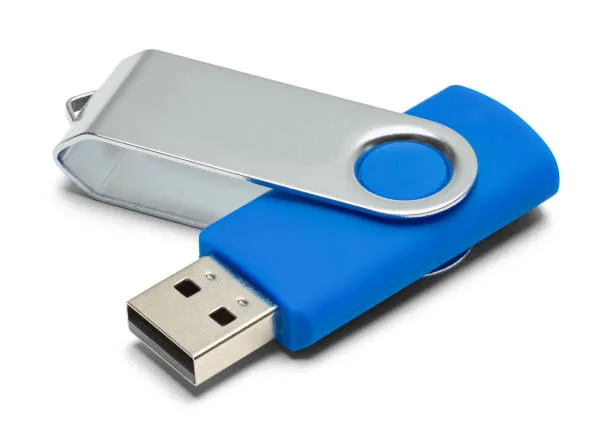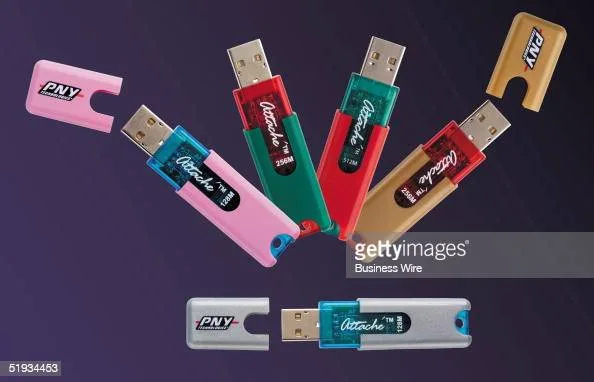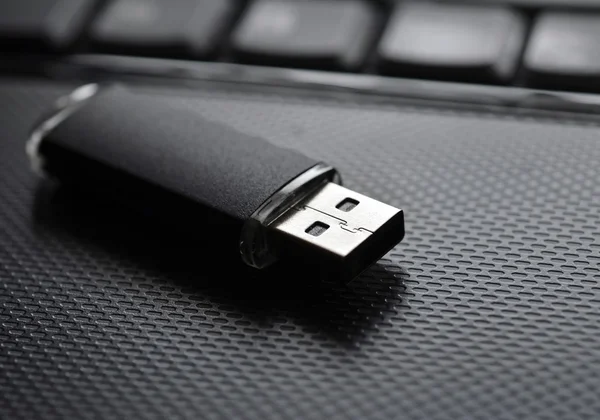USB DRIVES – A Smart and fast data transfer device-23
USB Drives
USB drives, sometimes referred to as USB flash drives or thumb drives, are portable data storage devices that use flash memory to store information. They are very popular because of their small size, easy to use, and fast data transfer speeds. Here are some important points regarding USB drives:
The USB-A, a sizable, square-shaped USB drive that can only be plugged in one way, is known to the majority of people. However, the newest Windows laptops are beginning to switch out the USB-A port for a more compact, sleeker USB-C port.
There is a USB-A to USB-C adapter or, for a tiny additional cost, buy a new USB-C drive if Windows computer only has a USB-C connection and your USB drive is a USB-A type drive.
Follow Our Digiknowledge.co.in Page for Latest update about Bikes, Cars, Sports, Government Policy and many more.

Installation of USB Drive in computer.
By inserting the USB drive into a USB port works with your Windows PC. The ports are normally found on a laptop’s side and on a desktop’s front or rear. Please ensure that the USB drive is inserted correctly while using a USB-A to avoid any harm to your computer.
When you initially plug the USB drive, Windows will set up the required driver software so you can utilize the device. Then, a dialogue box ought to show up. “Open folder to view files” should be chosen.
If a dialogue box doesn’t appear, try reinserting the USB drive or opening File Explorer and choosing your USB drive to fix the issue.
Format of a USB drive on Windows 10.
The majority of USB flash drives come preformatted. They will be on the FAT32 file system if the device is 32GB or smaller. They will be under the exFAT file system if they are greater than 32GB . FAT32 cannot be formatted under this file system on any storage discs greater than a 32GB storage volume due to its maximum storage volume constraint.
Once your USB flash drive is plugged into your computer, you can copy and move files, format the drive, or rename it. By launching File Explorer and selecting ‘This PC’ from the left pane, you may rename the drive.
Click your USB drive’s right mouse button, and then choose rename. Although NTFS is the preferred format for a Windows boot drive, you can utilize an external Windows exFAT or FAT32 USB drive with both Mac and Windows machines.
The NTFS file system can also be used to format them. Open File Explorer and select ‘This PC’ from the left pane to format to NTFS. Then, right-click your USB drive and choose “format” before choosing “NTFS.” Keep in mind that this will destroy all of the data on the drive, so make sure you have a backup.
The USB flash drive must be formatted into the exFAT, FAT32, or NTFS file system if it was originally formatted for a Mac (AFS+) and you want to use it on a PC. However, all data on the drive will be lost during this process.
The USB disc should be ready to use after formatting. Open File Explorer and choose your USB device from the list on the left-hand panel to view the contents.

Storage capecity.
USB drives may store anywhere from a few megabytes and several terabytes of data. The amount of data that can be saved on a drive depends on its storage capacity.
Insert-and-Play:
USB drives are plug-and-play devices, allowing for simple connection to a computer or other compatible devices without the installation of additional drivers or software. The majority of contemporary operating systems support them.
Data Transfer Rates.
USB drive’s data transfer rate is typically listed as USB 2.0, USB 3.0, USB 3.1, or USB 3.2. Data transfer rates vary depending on the version, with USB 3.2 being the quickest.
Wide range of devices, including PCs (PC and Mac), laptops, gaming systems, smart TVs, and even some automotive audio systems, are compatible with USB drives.
USB drives contain flash memory, which makes them more resilient and less vulnerable to physical shocks than magnetic storage devices (such as hard drives). They do, however, have a finite amount of write cycles, which over time may have an impact on their data retention.
To prevent unauthorized access to critical data, certain USB devices have built-in security measures including hardware encryption or password protection. It is possible to boot from USB drives, allowing you to install or run operating systems or diagnostic software without affecting the computer’s internal storage.
Warnings: Although USB drives are practical, they may also pose a security concern. Use caution while connecting unknown or untrusted USB drives to your computer as malware can propagate through infected drives.

Some of the reputed USB Drives.
SanDisk Extreme Pro (128 GB),
PNY Pro Elite V2 (256 GB)
Kingston Data Traveler Max (1 TB)
SanDisk iXpand Luxe (128 GB)
Verbatim Pinstripe (256 GB)
Please be aware that product availability and technological advancements might change quickly. As a result, it is always a good idea to check for the most recent reviews and suggestions from reliable sources before making a purchase. When selecting the best USB drive for you, keep in mind your unique requirements and spending limit.
Describe a USB drive.
A USB drive is a compact, portable device that connects to the USB port on your computer. It is also known as a flash drive or memory stick. Storage, data backup, and file transfer between devices are frequently done with USB drives.
What purpose do USB drives serve?
USB flash drive can be used to launch an operating system from a bootable USB, store crucial files and data backups, transport preferred settings or programmers, perform diagnostics to solve computer issues, and more.
What distinguishes a flash drive from a USB drive?
USB (flash) drive is a more general phrase than flash drive. While USB drives exclusively use the USB interface, flash drives can also use IEEE1394, E-SATA, and other interfaces. Computer systems and external devices are connected using the serial bus standard known as USB. Additionally, it is an input and output interface technical definition.
How many different kinds of USB drives exist?
There are 14 different types of connectors, the most recent of which is USB-C.
What are Characteristics of the USB ?
It can connect to practically all popular devices, including speakers, a keyboard, a mouse, and a printer.
Usually, the computer system has two or three of these ports.
Compared to the serial port, it is substantially faster in speed.
14 Mbps is the data transfer rate.





I like this web blog so much, saved to bookmarks. “To hold a pen is to be at war.” by Francois Marie Arouet Voltaire.
Spot on with this write-up, I absolutely feel this site
needs a lot more attention. I’ll probably be returning to read through more,
thanks for the info!
Thanks
Whoa! This blog looks just like my old one! It’s on a completely
different subject but it has pretty much the same layout and design. Superb
choice of colors!
Thanks
Hi there to all, it’s really a good for me to visit this web site, it contains valuable Information.
Thanks
Howdy! Do you know if they make any plugins to safeguard against hackers?
I’m kinda paranoid about losing everything I’ve worked hard on. Any recommendations?
Thanks dear
Hi there, its pleasant piece of writing regarding media print, we all understand media is a impressive source of data.
I’m glad you found the information helpful! If you have specific questions or topics you’d like to explore further, feel free to let me know. I’m here to help you with your research and provide more detailed insights.
This post presents clear idea for the new viewers of blogging, that genuinely
how to do blogging.
I’m glad you found the information helpful! If you have specific questions or topics you’d like to explore further, feel free to let me know. I’m here to help you with your research and provide more detailed insights.